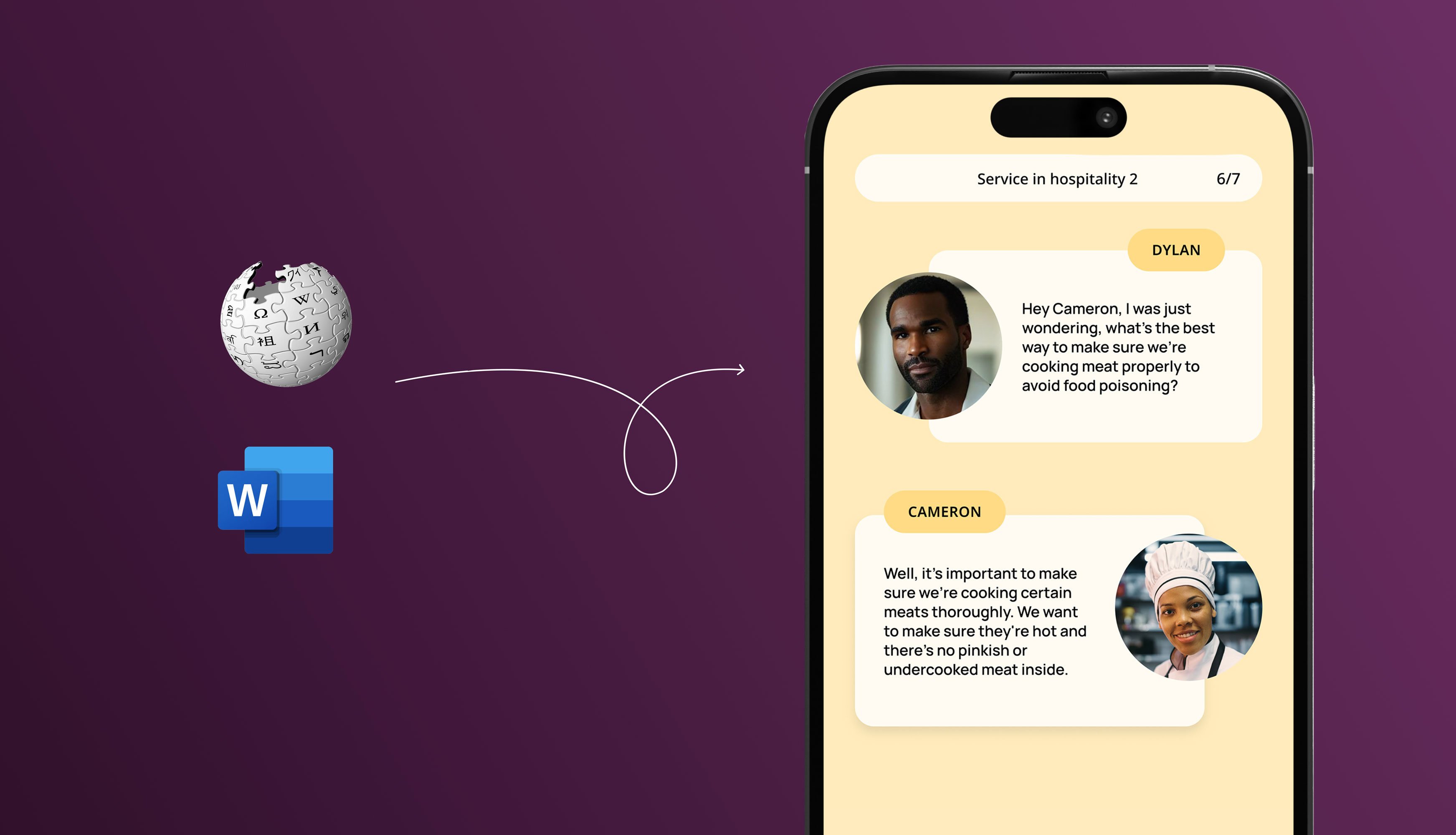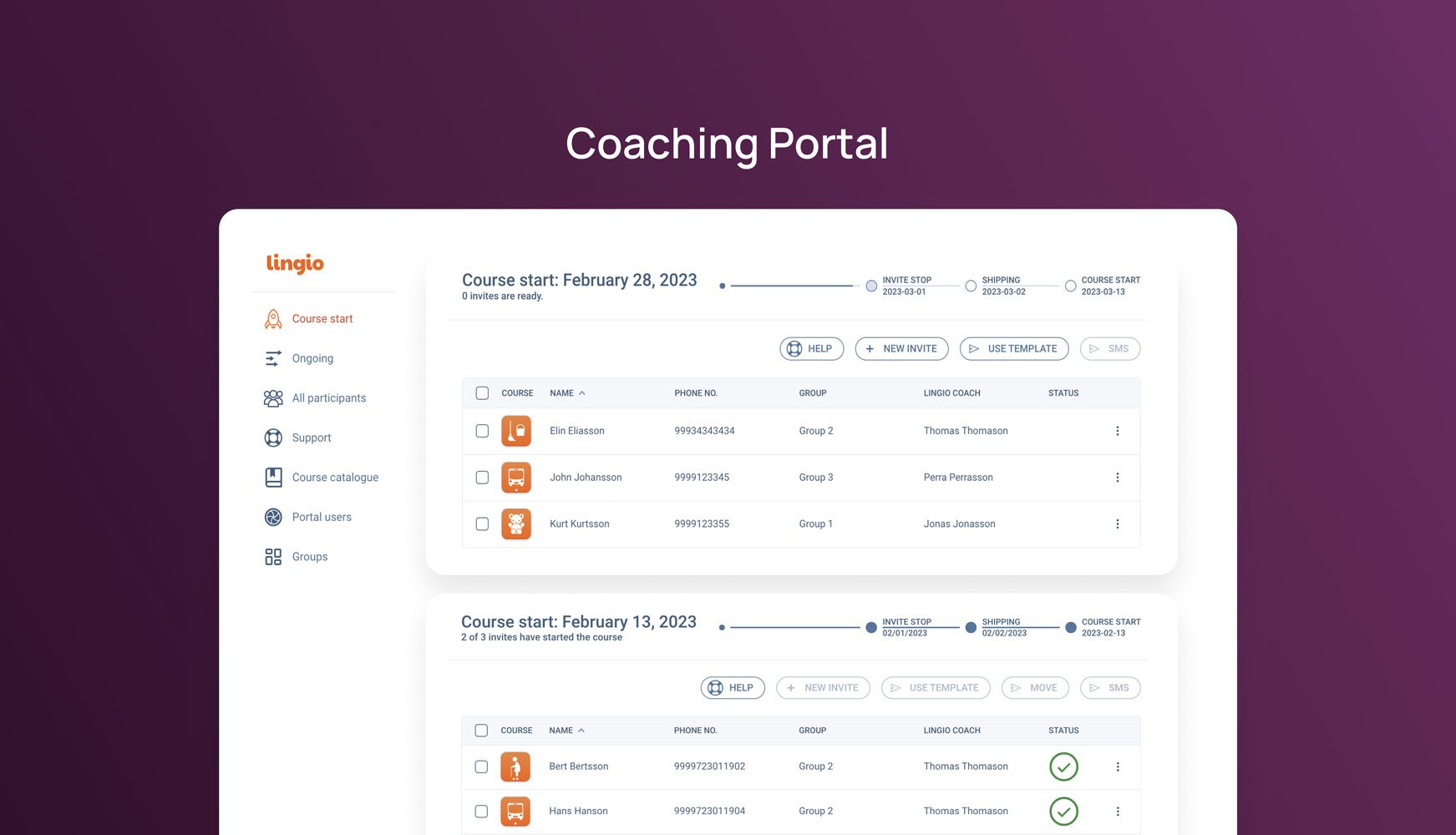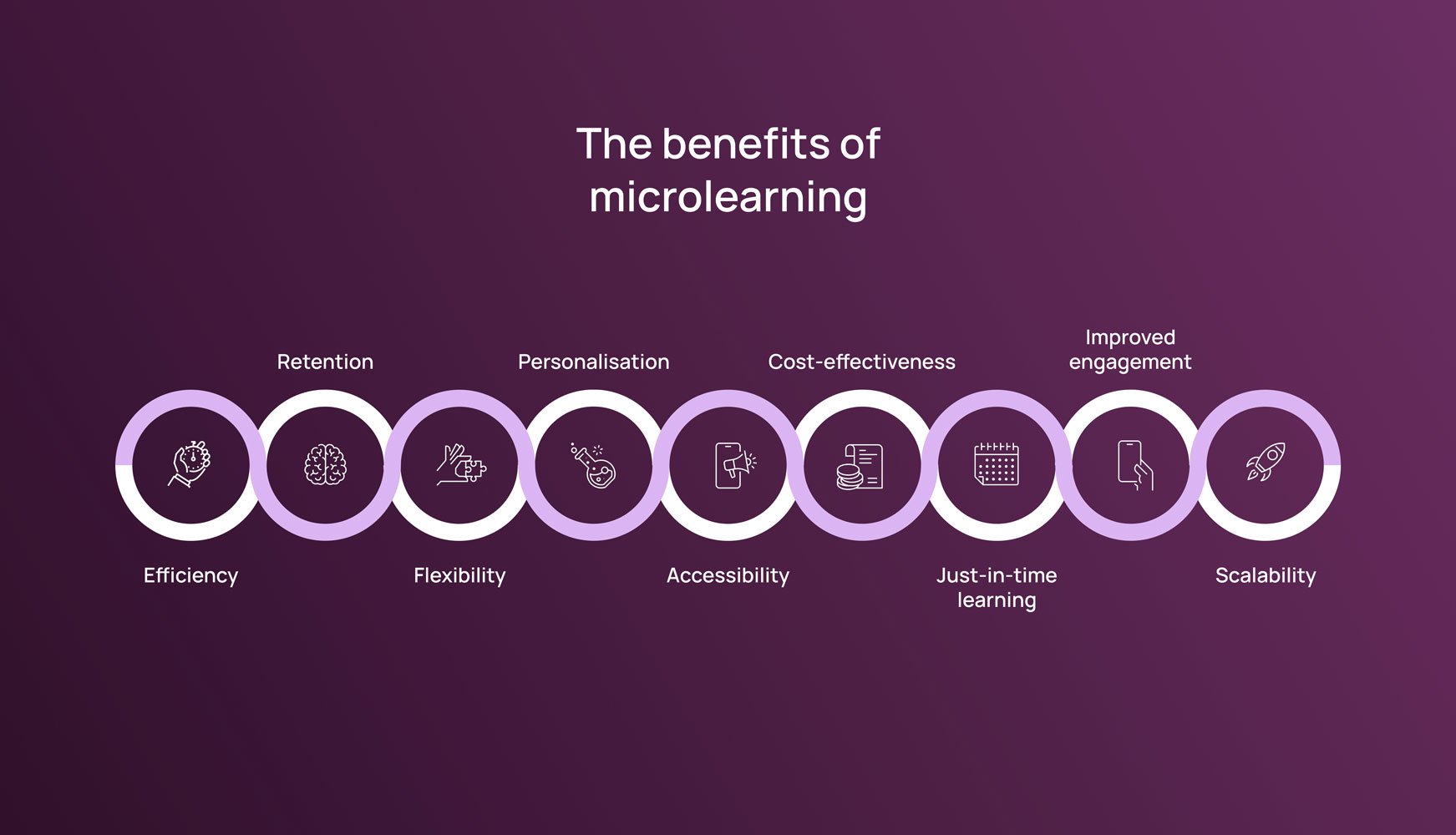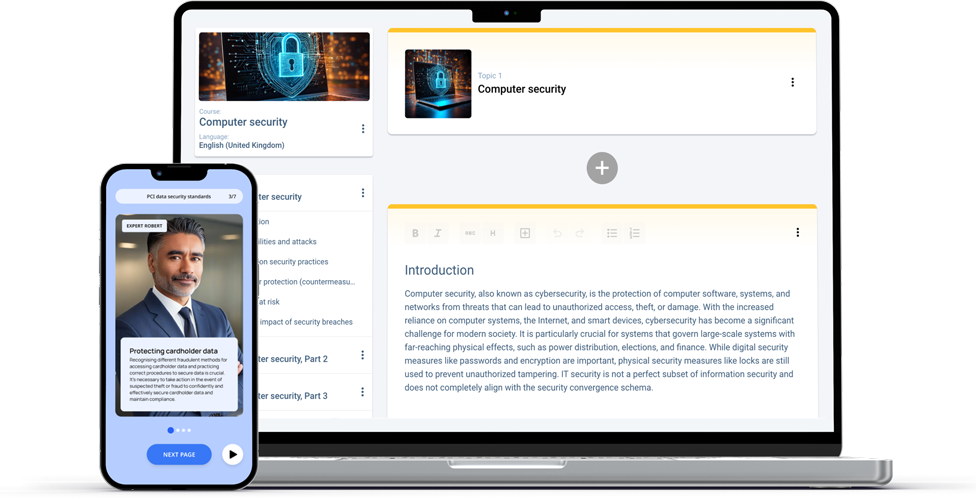The challenges of microlearning
Microlearning, while offering many advantages, isn't without its challenges. As organisations increasingly adopt this learning method, it's crucial to understand the potential pitfalls to navigate them effectively.
Below are some key challenges associated with microlearning.
1. Over-simplification
Given the brevity of microlearning modules, there can be a risk of oversimplifying complex topics. In some cases, this can lead to superficial understanding and may not adequately prepare learners for real-world applications. It's essential to ensure that complicated topics are still thoroughly covered, even when delivered in a microlearning format.
2. Lack of depth
Similarly, microlearning focuses on bite-sized chunks of information, which can sometimes mean sacrificing in-depth exploration of a subject. This can be problematic for topics that require deep dives or extensive contextual understanding.
However, if you need to create an extensive course, it'll help the learner if you divide it into several parts or individual modules. After all, if the learner can see the high mountain at the beginning of the journey, it might seem too overwhelming, and they might hesitate to take the first step.
3. Fragmented learning experience
Microlearning often includes gamified elements, such as storylines involving characters and interactive quizzes. However, some learners might experience a fragmented learning journey without a cohesive structure or clear pathway. This can lead to gaps in knowledge or an inability to see the bigger picture.
To address this issue, ensure that each microlearning module follows a clear, logical pathway, building upon previous content to maintain continuity. Additionally, you can provide supplementary resources to offer broader context, helping people connect individual learning nuggets with the overall training objectives. Short summaries and contextual information boxes can help with this.
4. Over-reliance on technology
Microlearning typically uses digital platforms for delivery. While this has many benefits, including enhanced accessibility, it can also create barriers for those lacking technical proficiency or access to necessary devices and connectivity. Fortunately, over 90% of people globally own a mobile phone, meaning most people can access mobile learning.
5. Quality control
The ease of creating content means that many microlearning courses are available. While this is predominantly positive, it may raise concerns about the information's quality and accuracy. However, many eLearning companies that allow users to create microlearning content have considered this.
At Lingio, our AI software uses only the most reliable sources to create microlearning training courses, extracting information from trusted databases like Wikipedia or personally uploaded documents. Furthermore, users can further verify and refine their AI-generated questions and answers during the microlearning course creation process to ensure their accuracy before publishing.

6. Learner accountability
In some cases, the self-directed nature of microlearning places much of the responsibility for learning on the individual. Some people may not fully engage with the content without proper motivation or discipline.
But with Lingio, our eLearning platform comes with a coaching portal. There, employers can coach, track, and follow up with their staff's microlearning course results. Employers can also send automatically generated text messages to encourage learners to keep studying.

7. Missed social interaction
Traditional learning often involves group interactions, discussions, and collaborative projects. Microlearning alone might lack these interactive elements, potentially leading to a sense of isolation among learners.
To address the lack of social interaction in microlearning, you can integrate interactive elements that facilitate collaboration and discussion, such as a coaching portal. Additionally, organising virtual meetups or webinars can simulate a classroom environment, allowing for real-time interaction and the growth of a learning community. These strategies help ease any feelings of isolation and promote a more engaging and collaborative learning experience.
While microlearning presents these challenges, they can all be easily overcome. With careful planning, a balanced approach, and continual feedback loops, organisations can harness microlearning's power while reducing drawbacks.









